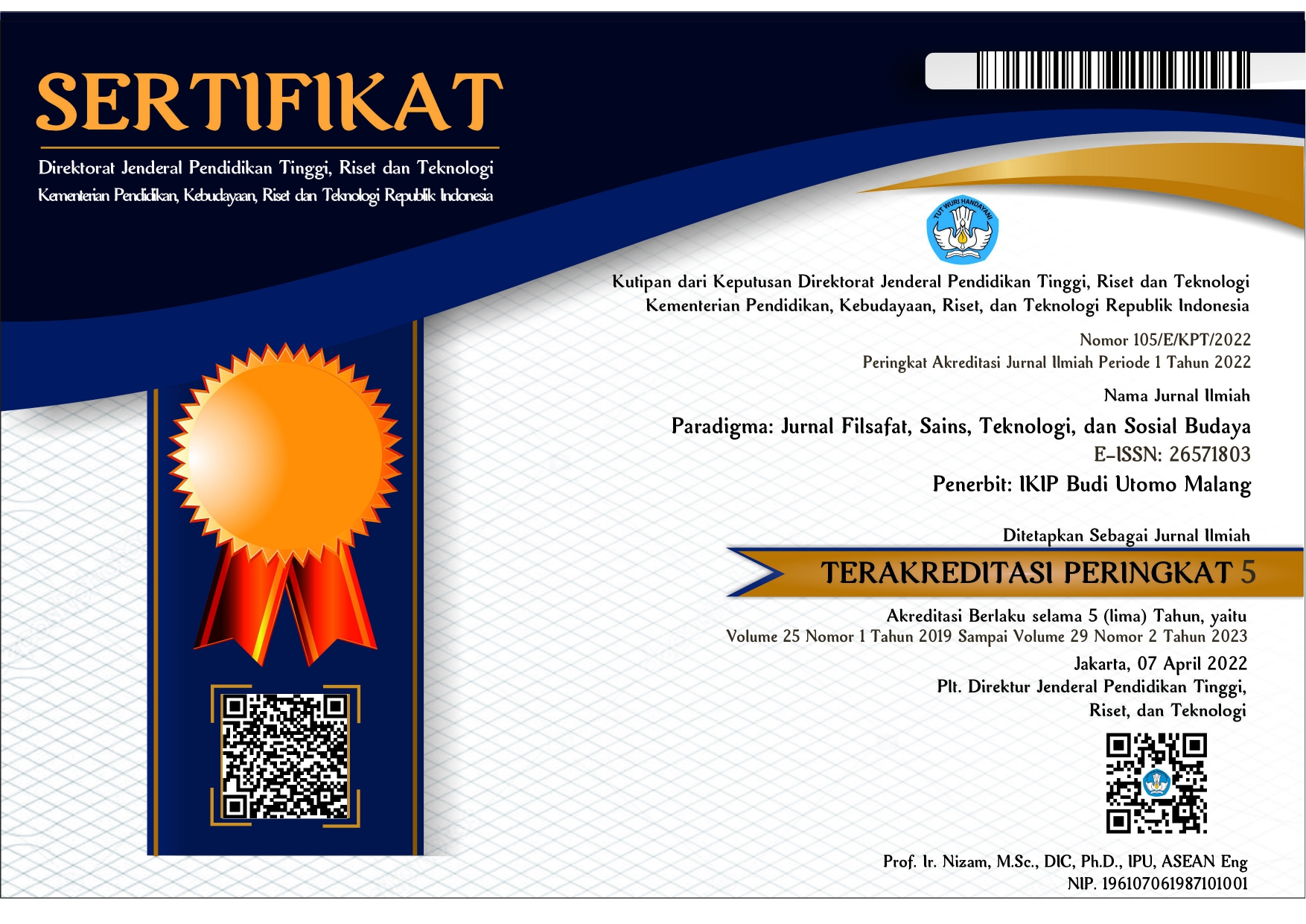Keanekaragaman Musuh Alami untuk Pengendalian Hama pada Tanaman Teh (Camellia sinensis L.) di Wisata Agro Wonosari Kabupaten Malang
Abstract
Insects have an important role in ecosystems, such as pollinators, decomposers, predators and parasitoids. They can also be indicators of biodiversity and ecosystem health. Insects also have negative impacts, such as being pests for plants and disease vectors for humans. The tea plant (Camellia sinensis L.) is an important plant in Indonesia, especially in tea plantations. The growth and quality of tea is influenced by temperature, humidity and good pruning. However, pests and diseases can cause a decrease in tea production. The purpose of this study was to determine the diversity of natural enemies as pest control on tea plants (Camellia sinensis L.) in the Agro Tourism Tea Garden Wonosari Kanupaten Malang. This type of research is a qualitative descriptive approach with a survey method of direct observation. There are 8 species of natural enemies in the tea plant, including Curinus coeruleus, Zophophilus bosuangi, Condylostylus longicornis, Paratrechina longicornis, Oxyopes javanus, Tetragnatha obtunas, Tetragnatha virences, and Potamarcha congener. The diversity index (H') of natural enemies in the tea plant (Camellia sinensis L.) in Wonosari Agro Tourism, Malang Regency with an average value of 1.918 indicates that the diversity index at this location is classified as moderate and a dominance value of (C) 0.175 indicates that the index dominance is low. Potamarcha congener is one of the dominant predatory insect species found.








.jpg)



